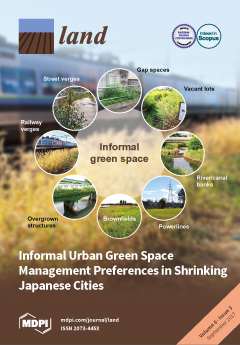Resource information
Pollinators provide critical ecosystems services vital to the production of numerous crops in the United States’ agricultural sector. However, the U.S. is witnessing a serious decline in the abundance and diversity of domestic and wild pollinators, which threatens U.S. food security. In response, the U.S. Department of Agriculture has created the Pollinator Habitat Initiative (CP-42) to induce landowners to create quality habitat for pollinators by planting beneficial crops and wildflowers on Conservation Reserve Program (CRP)-eligible land. Landowners’ potential conservation decisions under CP-42 and the resulting impact on land use decisions regarding crop production are not well-understood. We examine these issues by designing an economic experiment that simulates landowners’ decisions to enroll in CP-42. As our motivating example, we focus on how CP-42 might affect crop production patterns and the resulting returns in Goshen County, Wyoming. The results indicate that about 16% of CRP-eligible land would be enrolled. Based on the relatively low CP-42 payment, our subjects remove only lower value crops from production. Our results suggest that (1) all dry wheat and sunflower production and a portion of barley, corn, and dry beans could be taken out of production when transferred to pollinator habitat, and (2) that habitat fragmentation would likely occur, which would reduce the efficacy of pollination. Overall, our results suggest that there are significant limits to the overall effectiveness of the CP-42 policy.


